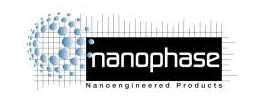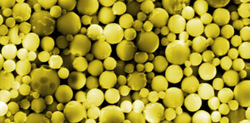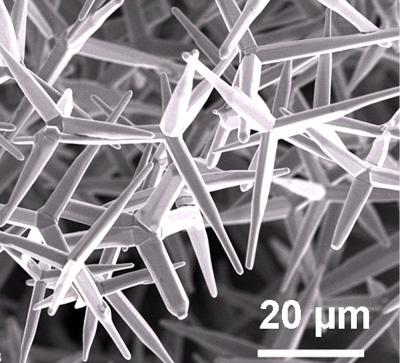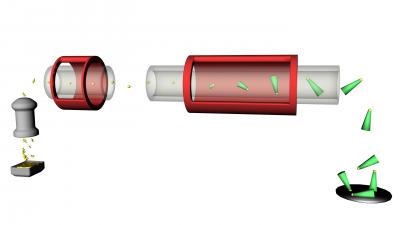Ecuador se acerca al mundo de la
nanotecnología

"Han pasado siete décadas desde que los humanos vieron por primera vez una computadora, un equipo electrónico que no solo ocupaba un cuarto entero sino que era difícil de maniobrar. Ahora, en el 2012 y con una evolución continua no es sorprendente observar pequeñas pantallas táctiles que guardan información y se acoplan a la ergonomía humana. A este proceso de eficiencia, optimización y simplicidad se le llama nanotecnología, una rama científica que pretende modificar la materia a una escala diminuta, es decir, átomo por átomo: una partícula de un nanómetro (nm) mide la millonésima parte de un milímetro; en números: 0,000000001 metros.
Según Javier Torres, catedrático e investigador de la Universidad San Francisco, la nanotecnología permite a la humanidad ser más eficiente y rápida. El francés Frederic Chandezon, miembro de la Comisión de Energía Atómica y Energía Renovable (CEA), añade que al elaborar objetos más pequeños se aumenta la potencialidad de un producto y se logra un objeto más ligero. ¿Cómo? A través de una mezcla de partículas que logran un material liviano, pero resistente. Al hacerlo, “los científicos se sumergen en un mundo exótico y desconocido”, dice César Costa, docente del Departamento de Física de la Escuela Politécnica Nacional (EPN), porque la nanotecnología está dentro del mundo cuántico, donde los átomos y las moléculas son diferentes a lo que se conoce actualmente. “Como investigadores es fácil utilizar pedazos grandes, pero ir al límite y tomar la base fundamental implica precisión y esfuerzo”. La nanotecnología pretende entender cómo está constituida la materia a nivel atómico para saber cómo se puede modificar las interacciones de los elementos.
Desde hace dos años, estos investigadores ecuatorianos junto con docentes de la UTPL, Espoch, Espol, ESPE y otras instituciones, crearon el Grupo Ecuatoriano para el Estudio Experimental y Teórico de Nanosistemas (GETNano). El trabajo de esta organización académica permitió que la semana pasada se realizara la segunda edición de la “Escuela Nano Andes”, apoyada por la Embajada francesa y que tuvo lugar por primera vez en Quito. Por el momento, los avances en esta rama en el país son teóricos. Los docentes están instruyendo a sus alumnos nacionales y extranjeros para desarrollar proyectos nanos. Joana Bustamante, egresada de Ingeniería Química de la UTPL, y sus demás compañeros tratan de comprender el procedimiento para elaborar celdas solares o sensores nanos. Bustamante detalla que ingresó a estudiar ingeniería porque no encontró una carrera de ciencias puras."
Torres aclara que la nanotecnología no es una carrera sino que es la unión de aptitudes y especialidades científicas, en que convergen físicos, químicos, electrónicos, matemáticos… Un área totalmente multidisciplinaria. La estudiante de GETNano comenta que en el país todavía falta una cultura que apoye el desarrollo científico y que proporcione infraestructura. Aunque GETNano cuenta con laboratorios de experimentación que son adaptados en las universidades, Costa comenta que esto es insuficiente si se quiere competir y lograr una producción rentable a través de nanotecnología.





















